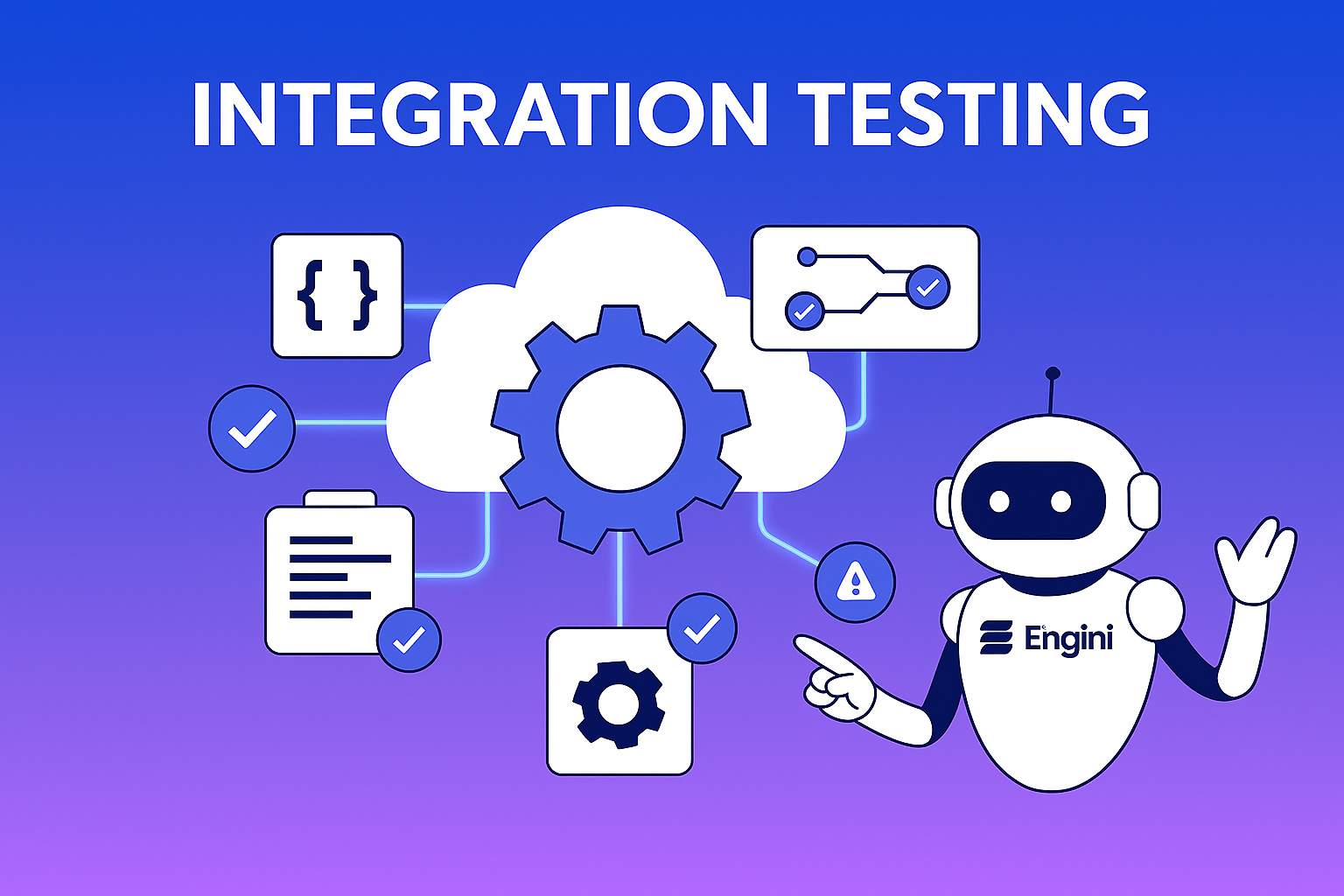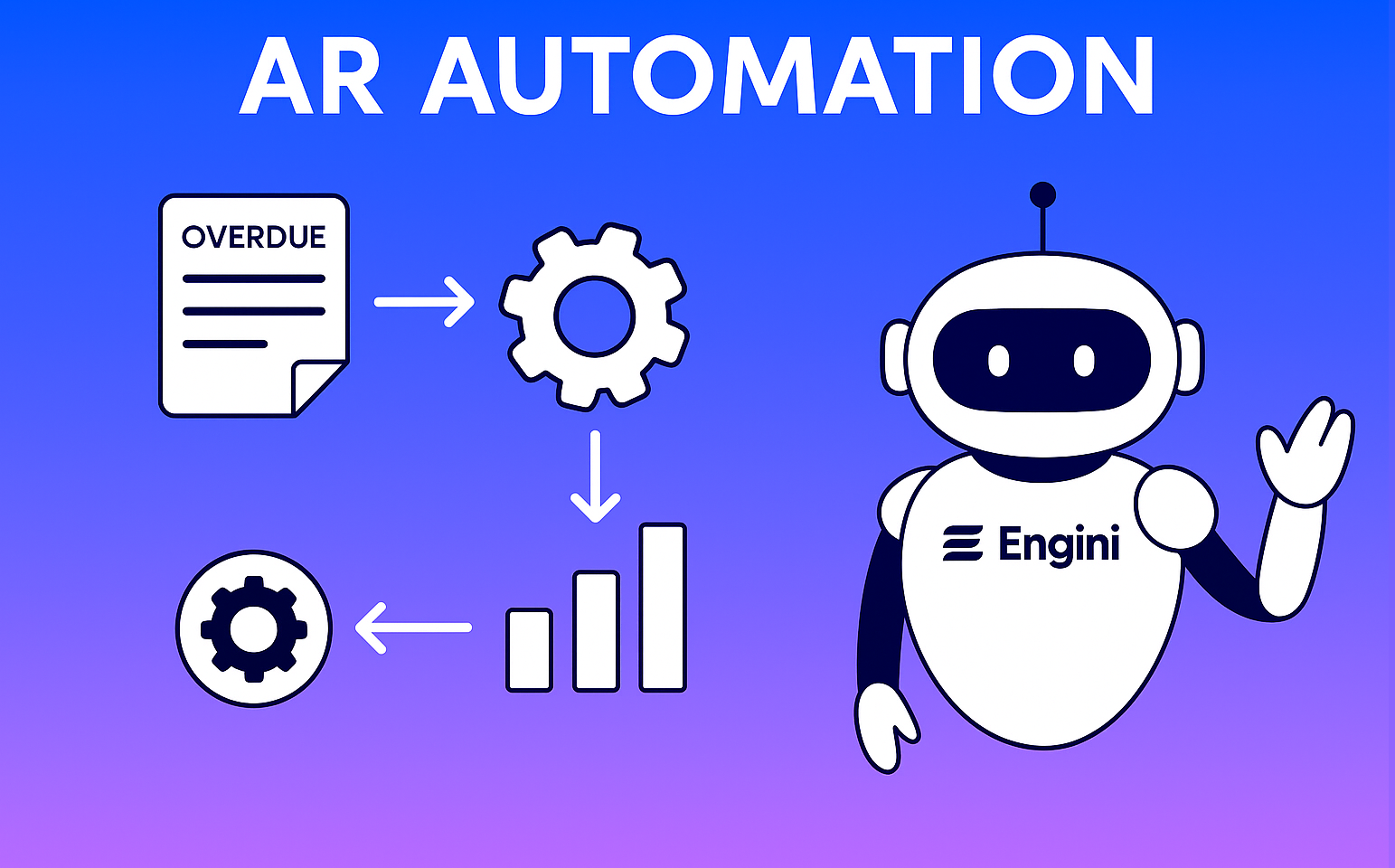
Productivity Tools
March 27, 2023
Why is ERP Integration Important?
In today’s digital age, businesses often rely on multiple software systems to manage their operations. From financial accounting to inventory management, these systems can be diverse and complex, leading to fragmented data and inefficient workflows. This is where ERP integration comes in as a solution.
What is ERP Integration? ERP integration is the process of connecting different software systems to an ERP system, allowing for the transfer of data and information across different business functions. ERP integration can streamline workflows, reduce data entry errors, and provide a centralized view of the organization’s operations.
Why is ERP Integration Important? ERP integration provides several benefits to businesses, including:
- Improved Data Quality – Integrating different systems with the ERP system ensures data consistency and accuracy, reducing the risk of errors.
- Enhanced Efficiency – ERP integration automates business processes, eliminating manual data entry, reducing processing times, and increasing productivity.
- Increased Visibility – ERP integration provides a centralized view of business operations, allowing for better decision-making and strategic planning.
- Cost Savings – By reducing manual processes and errors, ERP integration can help businesses save time and money.
Integration Platform as a Service (iPaaS) Integration Platform as a Service (iPaaS) is a cloud-based platform that simplifies the integration of different systems. iPaaS allows businesses to connect different applications without requiring extensive coding skills, saving time and resources. iPaaS also offers pre-built connectors for commonly used systems, such as Salesforce and Microsoft Dynamics, making integration faster and more efficient.
ERP Integration Best Practices To ensure successful ERP integration, businesses should follow these best practices:
- Define Integration Requirements – Businesses should define their integration requirements, including the systems to be integrated, data to be transferred, and integration workflows.
- Choose the Right Integration Tool – Businesses should choose an integration tool that meets their integration requirements, provides a user-friendly interface, and offers robust security features.
- Plan and Test – Before implementing ERP integration, businesses should develop a detailed plan, including testing and validation procedures, to ensure a smooth transition.
- Train Users – To ensure that users can effectively use the integrated system, businesses should provide adequate training on the new workflows and processes.
- Monitor Performance – After implementing ERP integration, businesses should regularly monitor system performance to identify and address any issues quickly.
In conclusion, ERP integration is critical to businesses’ success, providing improved data quality, enhanced efficiency, increased visibility, and cost savings. iPaaS is a useful tool that simplifies the integration process, while following best practices can ensure successful integration and long-term benefits for businesses.
Like what you see? Share with a friend.
Itay Guttman
Co-founder & CEO at Engini.io
With 11 years in SaaS, I've built MillionVerifier and SAAS First. Passionate about SaaS, data, and AI. Let's connect if you share the same drive for success!
Share with your community







.png)
Comments